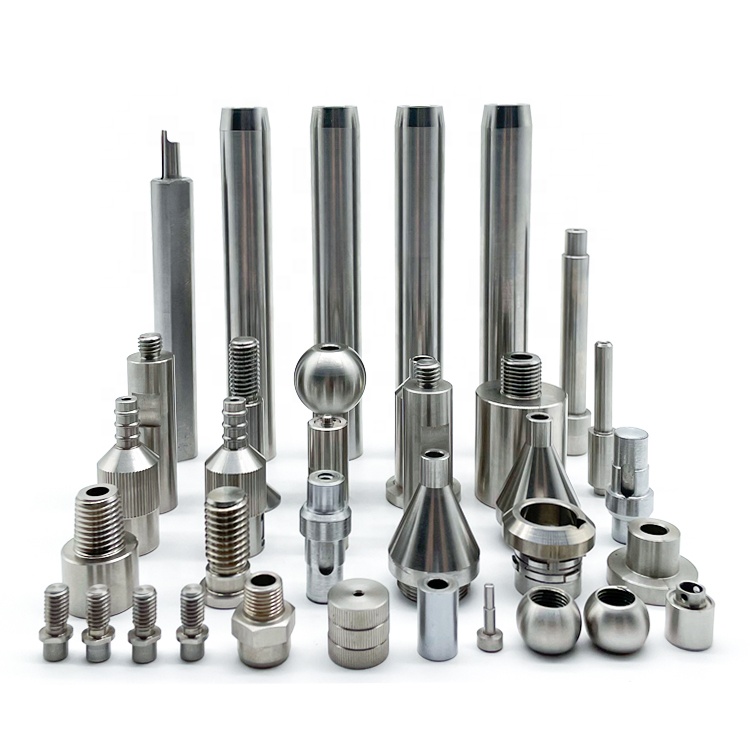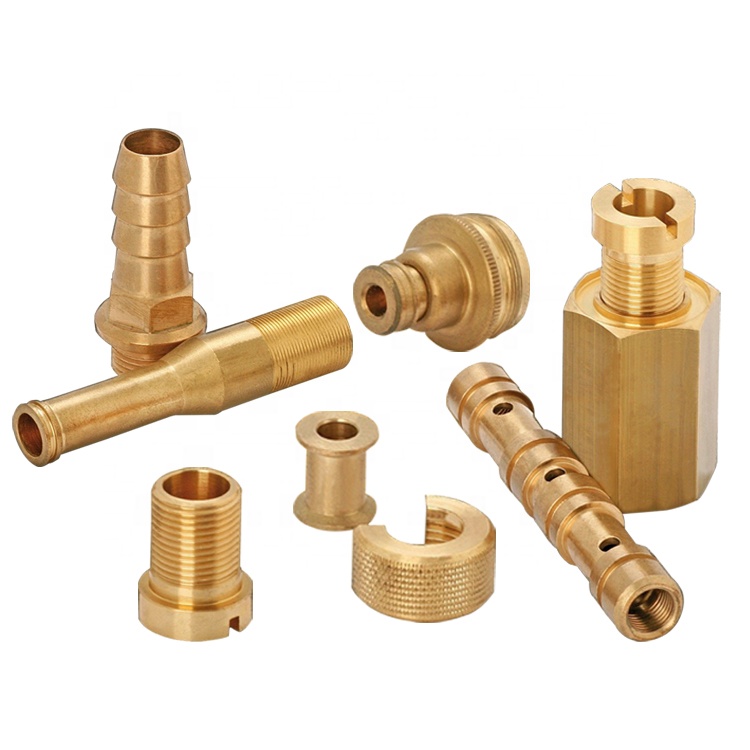Take a look at some of the common issues that arise during CNC milling, such as lengthy machining hours, an accumulation of scrap, and time-consuming clamping. All of these are things that CNC turning parts need to be kept in mind. In light of the fact that you are a mechanical engineer, what are your perspectives on the matter?This is due to the fact that I've been obsessed with finding ways to cut costs for such a long time, and because of this, the first thing that came to mind when I saw it was: When considering the many processes that are available for machining parts, it makes perfect sense that CNC milling would be among the most expensive of those processes. This is because of the fact that I've been obsessed with finding ways to cut costs for such a long time.
The CNC Machined Parts Factory's prices are determined by a variety of elements, including the following, and these elements contribute in the following ways:
2) Material cost
A sizeable portion of the total cost of the CNC is attributable to the price of the raw material that is used to manufacture the billet.If the design is improved, it may be possible to cut down on the amount of money that must be spent on materials.This is something that can be accomplished by making the most of standardized blanks and cutting down on the amount of scrap material that is used.Because the mechanical parts processing plant has such a high production volume, they are able to split this portion of the cost with other customers in order to bring down the overall cost. This portion of the cost is considered a fixed cost.As a consequence of this, there is a possibility that the cost of the CNC will be significantly impacted.When we have a better understanding of the factors that contribute to the cost of CNC work, we will be able to take the appropriate steps to reduce the costs associated with CNC work. When we have a better understanding of the factors that contribute to the cost of CNC work.when we have a better understanding of the factors that contribute to the cost of work done with a CNC machine..
When machining the groove body, a rounded corner will be produced at the connection between the vertical face and the face of the groove body. This will occur when the vertical face meets the face of the groove body. When it comes to its size, this rounded corner will have the exact same dimensions as the shape it is attached to. This will occur as a direct consequence of the cylindrical shape that is characteristic of all CNC tools. If the product's design calls for a rounded corner of the vertical surface of the groove body that is too small, then a small tool will be required to accomplish the task. Because of this, the overall amount of time required to process the groove body takes significantly longer than it would have before. growth in terms of numbers.
It is recommended that the radius of the tool be roughly equivalent to the ideal fillet size, which should be slightly larger than the radius. For instance, if the depth of the groove body is 12 millimeters and the rounded corners are designed to be 5 millimeters or larger, then the machining process can be performed with a tool that has a diameter of 8 millimeters, which can ensure that the machining efficiency is maintained. Another example would be if the depth of the groove body is 15 millimeters and the rounded corners are designed to be 10 millimeters or larger. One more illustration of this would be the case in which the depth of the groove body is 15 millimeters and the rounded corners are intended to be at least 10 millimeters in size.
When it comes to the level of machining depth that can be what is stainless steel 316 achieved with CNC tools, there is a cap that must be respected. Naturally, it is also possible to machine deeper grooves, up to four times the diameter of the tool; however, doing so will result in an increase in costs, particularly when utilizing multi-axis CNC machines. This is because the depth of the groove increases the amount of material that needs to be removed.

Due to the fragility of the material, it is easy to experience deformation or even breakage when processing thin walls. This can happen quite frequently. The factory that works on mechanical components needs to install more complicated processing paths, which will lead to an increase in the number of processing hours that are required. Thin walls are more susceptible to vibration, and it is significantly more difficult to machine thin walls with a high degree of precision. Thin walls are also more difficult to machine than thick walls. Additionally, thin walls have a greater propensity to be fragile. Because there are frequently thin walls present at the edge of a part when designing holes or slots there, it is absolutely necessary to ensure that the aforementioned design guidelines are adhered to. For the purpose of creating holes, standard drills are utilized. One more thing to take into account is the fact that the hole's depth shouldn't be any greater than four times the hole's diameter. In manufacturing facilities that process mechanical parts, it is possible to machine deep holes; however, doing so will result in a significant price increase due to the difficulty of the machining process. Case in point Case in point Case in point Case in pointThe required machining operations need to be more complicated, the machining process needs to take longer, and additional inspections need to be performed in order to achieve the required close tolerances. In the event that the part drawing does not include any tolerance specifications for the part, then the part will be machined according to the standard tolerances, which are a minimum of 0. Because these tolerances are adequate for the majority of dimensions that are not critical, the costs associated with machining have been significantly reduced as a direct result of this fact.
When it comes to these internal features, it is a lot harder to guarantee that close tolerances will be maintained because of how difficult it is. This is because the process of machining the material results in the material undergoing deformation, which explains why this is the case. Because of the nature of these characteristics, it is necessary to go through the processes of detection and deburring. Both of these tasks must be carried out by hand in order to be completed.

Due to the fact that the clamping action is typically carried out by hand, increasing the cost of the process by rotating or repositioning parts during the machining process can lead to an increase in those costs. In addition, the clamping fixture needs to be customized to meet the particular requirements of the part in order to accommodate complex part structures. This is necessary in order to successfully accommodate the part. Due to the high hourly rates of multi-axis CNC machines, the cost may increase even CNC components further if a multi-axis CNC machine is required to manufacture an especially complicated part structure. This is because of the complexity of the part structure being manufactured.